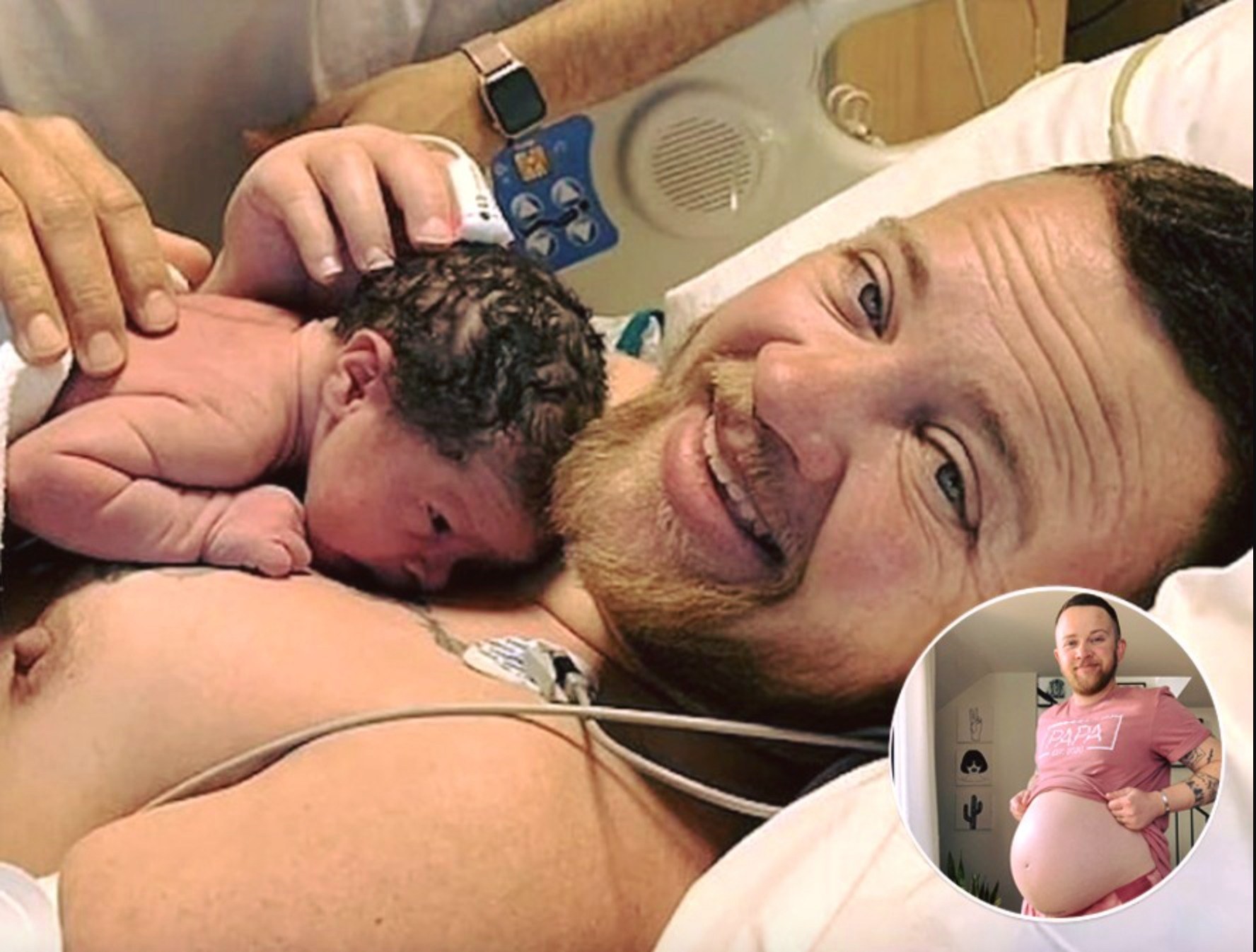
Today, using someone’s preferred name and pronouns is one of the simplest and most respectful ways to acknowledge their identity—whether they are heterosexual, homosexual, or transgender.
However, not everyone follows this practice. Some still cling to outdated norms or choose to ignore others’ gender identity.
Bennett Kaspar-Williams, 37, from Los Angeles, gave birth to his son Hudson via C-section in October 2020, with the support of his husband, Malik. At the time, he identified as male and used he/him pronouns, yet he faced challenges at the hospital, where nurses referred to him as a “mother,” disregarding his gender identity, according to the Daily Mail. Today, Bennett identifies as non-binary and uses both he/him and they/them pronouns.
Bennett began his transition in 2014 after realizing he was transgender in 2011. He and his husband decided to start a family, knowing Bennett would need to pause testosterone therapy in order to restore ovarian function.
Although he had undergone top surgery, he had not had any lower-body procedures. After reflection, he found peace with the idea of pregnancy and conceived naturally very quickly.
“It took us almost no time at all to get pregnant,” he said.
Just before the pandemic began in March 2020, joy turned into concern about his and the baby’s safety. Meanwhile, the experience of pregnancy and childbirth was both fulfilling and challenging—especially due to how medical staff referred to him as “mom.”
“The only thing that made me feel dysphoric during pregnancy was how I was treated in medical settings,” he said. Even though his gender was marked as male in his records, nurses still addressed him as female.
Since giving birth to Hudson, Bennett has become a vocal advocate for the idea that childbirth is not inherently tied to gender identity. In an interview with the New York Post, he emphasized how painful it was to constantly be called a “mother,” despite being registered as male.
“The institution of pregnancy care in the U.S. is built around the concept of ‘motherhood,’ which makes it almost impossible to avoid being misgendered,” he explained.
“There’s no guarantee that someone can have a baby until they try—having a uterus doesn’t automatically mean you can get pregnant or carry to term,” he said.
“That’s exactly why we need to stop equating womanhood with motherhood—because it falsely assumes that all women can become mothers, that all mothers give birth themselves, or that everyone who gives birth is a mother.”
By sharing his story, Kaspar-Williams highlights the complexity of identity and the importance of honoring each person’s self-identification.

